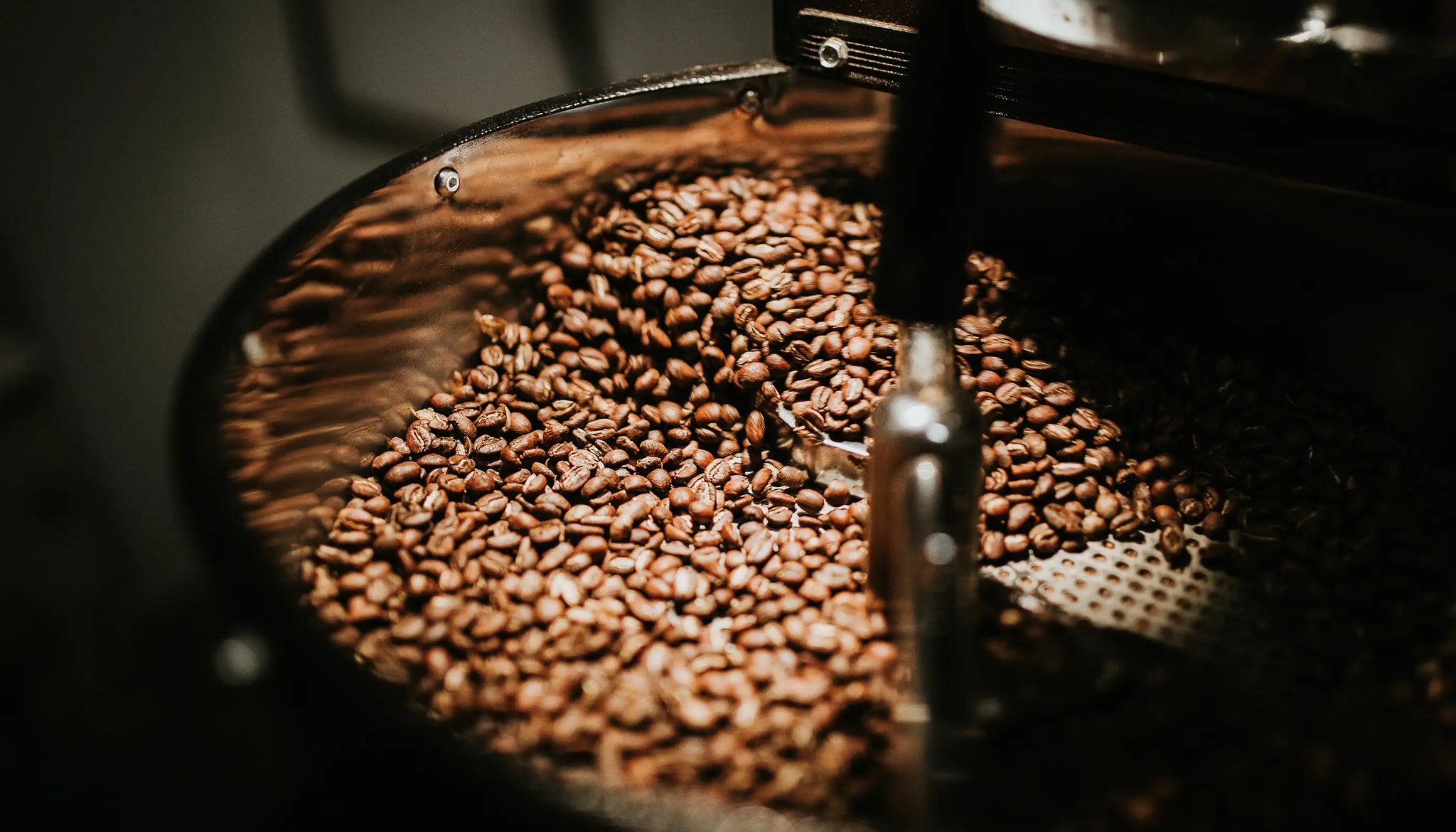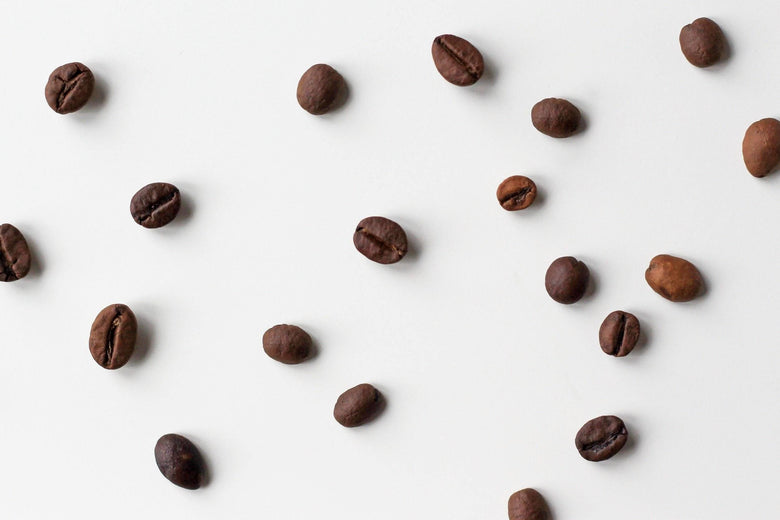Experience the Bold Flavor Profile of SOE Single Origin Espresso Today
Experience the Bold Flavor Profile of SOE Single Origin Espresso Today
Blog Article
Understanding Coffee Beans: the Journey From Espresso to Blended Coffee Beans

The Origins of Coffee: A Global Perspective
While you might think about coffee as a contemporary staple, its origins trace back centuries, intertwining with cultures throughout the globe. The tale starts in Ethiopia, where tale claims a goat herdsman called Kaldi found the stimulating effects of coffee beans after observing his goats frolicking energetically after eating them. This stimulated passion, bring about coffee's spread to Arab traders that cherished the brewed drink. By the 15th century, it got to Persia, Egypt, and Turkey, where coffeehouses ended up being social centers for conversation and culture.
As trade paths increased, coffee made its way to Europe in the 17th century, promptly gaining popularity. It changed from a magical beverage right into a day-to-day ritual, inspiring events and intellectual exchanges. Each society included its unique twist to coffee prep work, improving its background. This international trip highlights how coffee connects us, transcending boundaries and unifying varied practices through an easy bean.
Farming and Harvesting of Espresso Beans
As coffee's journey developed, the emphasis moved to the farming and harvesting of details bean varieties, especially those used for espresso. You'll locate that coffee beans often come from Arabica or Robusta plants, each offering unique flavors. The perfect growing problems consist of high elevations and rich, well-drained dirt, which improve the beans' top quality.
During the harvest, choosing methods differ. Timing is important; you want to harvest when the cherries get to peak ripeness for optimum flavor.
Once harvested, the beans are planned for handling, which is necessary in establishing their final taste. Understanding the farming and gathering processes provides you insight right into what goes right into your preferred espresso, enriching your appreciation for each and every cup.
Handling Techniques: From Cherry to Bean
Since you have actually found out about gathering espresso beans, allow's explore just how those cherries change into the coffee beans you enjoy. You'll see how various harvesting methods impact taste, complied with by the crucial steps of fermentation and drying out. We'll damage down the milling and grading process that establishes your coffee's quality.
Harvesting Methods Explained
When it comes to coffee, recognizing harvesting strategies is crucial, since they directly impact the taste and top quality of the beans you enjoy. Selective choosing includes hand-picking only ripe cherries, ensuring you get the best quality beans. Eventually, the option of harvesting method can considerably influence your coffee experience, so it's worth understanding exactly how those beans made it to your cup.
Fermentation and Drying Out
After gathering, the following action in handling coffee beans play a substantial role in forming their taste. You'll locate that fermentation is essential, as it helps damage down the mucilage bordering the beans, improving their taste profile. Depending on the method, this process can last from a few hours to numerous days, with varying outcomes based on temperature level and humidity.
When fermentation is complete, drying out follows, which is just as crucial. You can choose from mechanical or sun-drying drying methods. Sun-drying enables the beans to absorb tastes from the environment, while mechanical drying out guarantees regular moisture degrees despite climate. Proper drying out is important to avoid mold and mildew and preserve the beans' top quality, ultimately affecting your cup of coffee.
Milling and Grading Process
As fermentation and drying set the phase for taste advancement, the milling and grading process assurances that just the very best coffee beans make it to your cup. This phase entails removing the outer layers of the coffee cherry, including the parchment and husk. After milling, the beans are arranged by dimension and weight, making certain a consistent high quality. You'll discover that grading helps identify issues and classify beans, which impacts flavor and fragrance. Premium beans obtain a greater grade, resulting in a richer coffee experience. When rated, the beans await packaging and delivery, protecting their special features. This meticulous process is vital for providing the exceptional taste you enjoy in every sip of your preferred brew.
Toasting Methods: Unlocking Flavor Potential
When you roast coffee beans, the method you pick can significantly impact the flavor account. Recognizing the partnership in between time, temperature, and toasting methods is essential to revealing the potential of your mixture. Allow's check out how these elements come with each other to develop the best cup.
Toasting Approaches Described
While you might believe that all coffee toasting methods generate the same outcomes, the fact is that each technique discloses unique flavor possibilities in the beans. Drum roasting utilizes a rotating drum to uniformly disperse heat, enhancing caramelization and generating a balanced flavor. Air roasting, on the various other hand, circulates warm air around the beans, promoting a lighter roast with noticable level of acidity.

Impact on Flavor Account
Different toasting approaches not just affect the procedure yet additionally greatly affect the flavor account of the coffee beans. Dark roasts, on the various other hand, bring out bold, great smoky tastes, sometimes masking the bean's distinct qualities. Recognizing these subtleties assists you appreciate the artistry behind your mug of coffee, boosting your general experience with every sip.
Time and Temperature Elements
To release the full taste possibility of coffee beans, both time and temperature level during the roasting process play significant roles. When roasting, look at this site you'll locate that greater temperature levels can swiftly establish flavors, yet if you hurry it, you may end up with burned notes. Conversely, reduced temperature levels enable a more gradual taste advancement, showcasing the beans' distinct attributes.

Timing is simply as essential; expanding the roast as well long can bring about a loss of acidity and illumination, while too short a roast could leave the beans underdeveloped. Finding that pleasant spot needs practice and testing. By readjusting these elements, you can disclose the rich, complicated tastes hidden their explanation within each bean, developing a really impressive coffee experience.
The Art of Blending: Crafting Unique Coffee Profiles

Beginning by picking a base coffee that offers a solid foundation. Then, select corresponding beans to boost specific flavor notes. For example, a bright Ethiopian bean can bring fruitiness, while a rich Brazilian coffee adds body. Experimentation is essential-- don't hesitate to change ratios until you find your suitable account.
As you mix, bear in mind that each combination narrates. You're not simply making coffee; you're creating an experience. So, take your time, taste regularly, and delight in the trip of discovering your signature blend.
Brewing Techniques: Exactly How Prep Work Influences Flavor
Blending coffee opens up a domain name of taste possibilities, however exactly how you brew that blend can considerably affect your last mug. Various brewing methods extract distinct flavors and aromas, so it's critical to choose sensibly. For example, a French press allows oils and debris to continue to be, producing a rich, robust experience. On the other hand, a pour-over highlights the coffee's clarity and illumination, ideal for showcasing delicate notes.
Coffee, with its high stress, generates a concentrated shot that highlights sweetness and crema. If you favor a lighter mixture, take into consideration a cold mixture method; it produces a smooth, much less acidic preference.
Readjusting variables like water temperature, grind size, and brew time can change your coffee's account. Embrace the art of developing to uncover the flavors concealed in your coffee blends.
The Future of Coffee: Sustainability and Innovation
As the coffee market advances, sustainability and development are coming to be important for addressing environmental obstacles and conference consumer demands. You'll observe that even more coffee companies are taking on environment-friendly techniques, from sourcing beans fairly to applying lasting farming techniques. These shifts not just help the earth however likewise improve the high quality of the coffee you enjoy.
You may see click this site technologies like biodegradable product packaging and water-saving developing techniques that decrease waste. Advanced modern technology, such as blockchain, is also ending up being prominent, guaranteeing transparency in the supply chain, which enables you to trace your coffee back to its origins.
In enhancement, buying local communities and supporting farmers through reasonable profession campaigns cultivates a more sustainable coffee ecological community. As you sip your next mug, bear in mind that your selections can add to a brighter future for coffee. By opting for lasting brand names, you're not simply delighting in a drink; you're making a positive effect on the world.
Regularly Asked Inquiries
What Is the Difference Between Arabica and Robusta Beans?
Arabica beans are smoother, sweeter, and have a greater acidity, while robusta beans are more powerful, a lot more bitter, and include even more caffeine. When making your coffee., you'll discover these distinctions in flavor and aroma.
Just How Does Altitude Affect Coffee Bean Taste?
Altitude influences coffee bean flavor substantially. Higher altitudes create beans with brighter level of acidity and complicated tastes, while reduced altitudes frequently produce beans that are larger and less nuanced. You'll discover these distinctions in your mug!
What Are the Health And Wellness Advantages of Alcohol Consumption Coffee?
Drinking coffee can enhance your energy, enhance psychological focus, and also enhance physical efficiency. It's rich in antioxidants, might lower the threat of specific conditions, and can promote a healthier metabolic rate when consumed in small amounts.
Can Coffee Beans Be Reused for Developing?
Yes, you can reuse coffee beans for brewing, yet the taste could be weaker. If you appreciate exploring, attempt reusing them in different means, like cold brews or including to shakes for an extra kick.
Exactly how Should I Shop Coffee Beans for Quality?
To maintain your coffee beans fresh, keep them in an airtight container in an awesome, dark place. Stay clear of subjecting them to moisture, light, or heat, as these variables can rapidly degrade their taste and fragrance.
Comprehending Coffee Beans: the Journey From Espresso to Blended Coffee Beans.
Now that you've learned regarding gathering coffee beans, allow's check out exactly how those cherries change into the coffee beans you like.When you roast coffee beans, the technique you select can dramatically impact the flavor account - Single Origin Espresso.While you could assume that all coffee toasting techniques produce the same results, the truth is that each strategy discloses one-of-a-kind taste capacities in the beans.Different roasting methods not only influence the process but additionally greatly affect the flavor profile of the coffee beans
Report this page